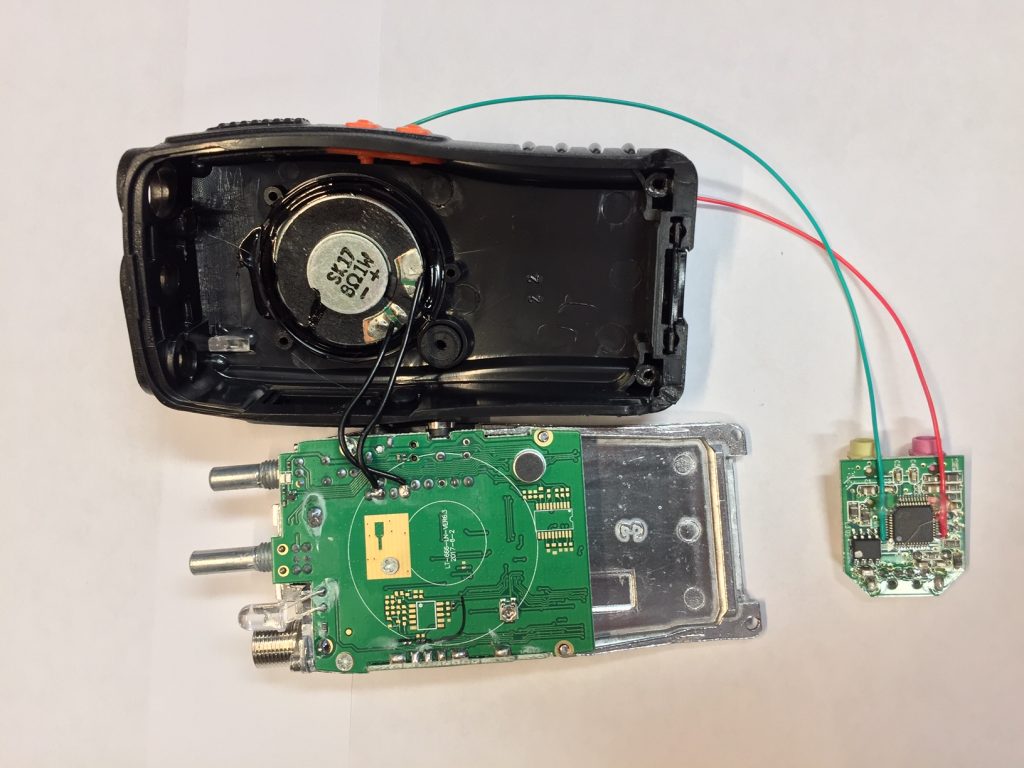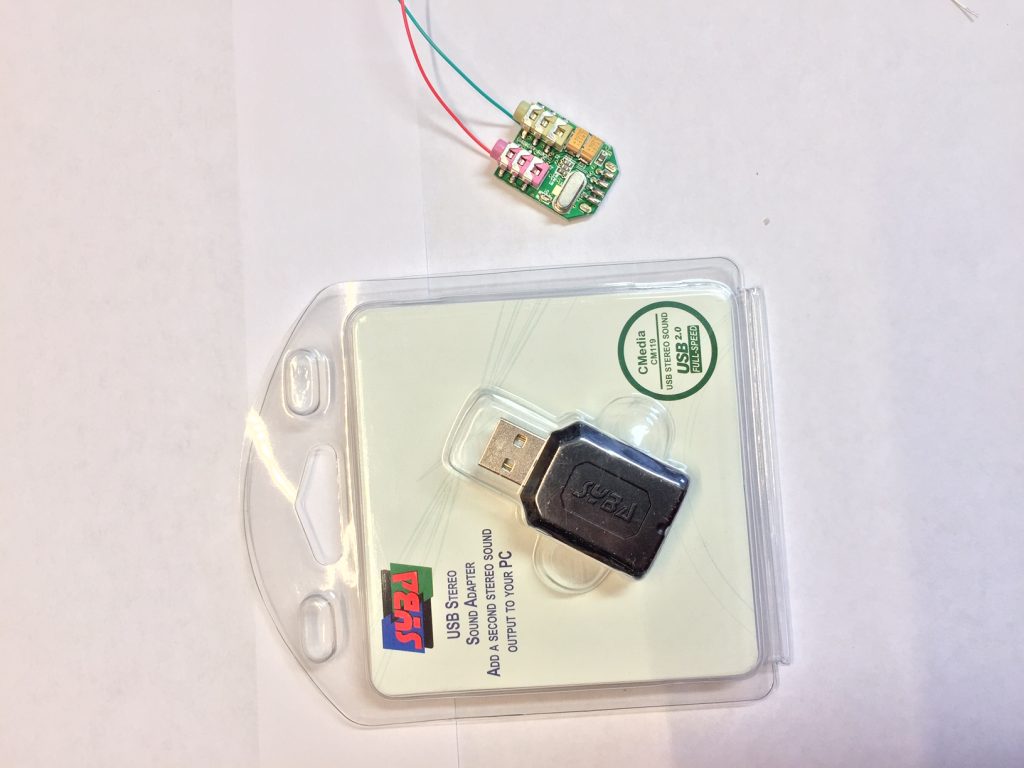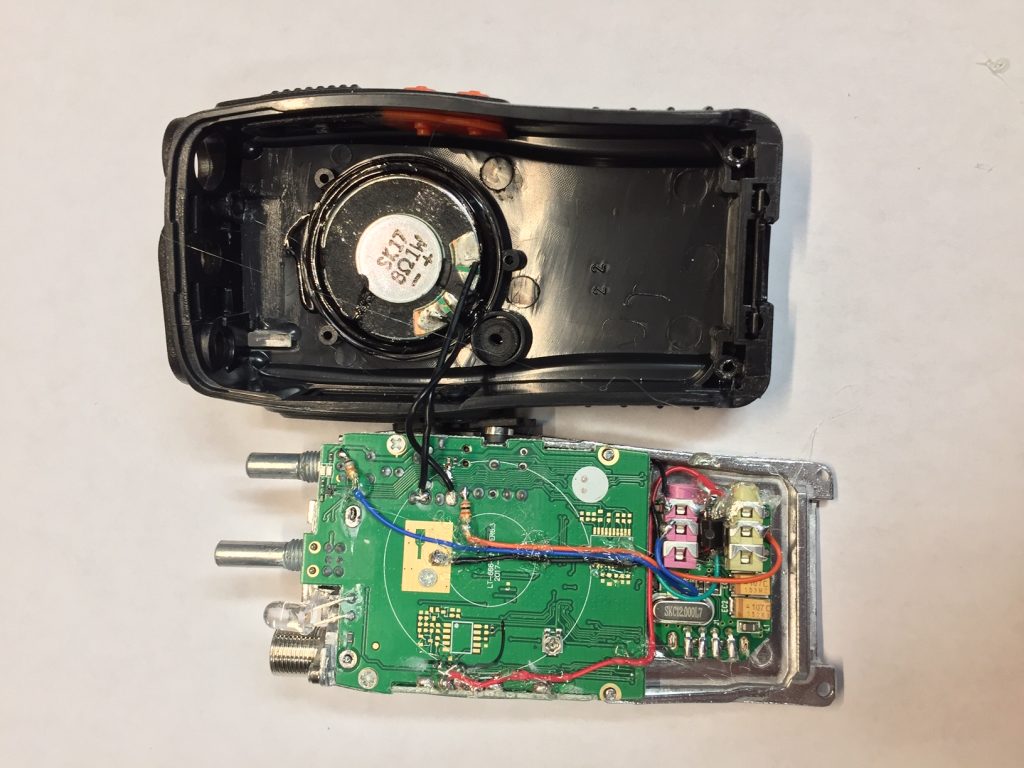Introduction
This is just a short article about what I do to build simplex Allstar Nodes. There is plenty of information on the Internet on how to modify a Baofeng BF-888 radio and how to modify the USB Sound FOBS.
KB0p Simplex Nodes
To build an ALLSTAR NODE, the three components required are the:
(1) Computer (Raspberry Pi)
(2) Interfacing Device (USB Sound FOB)
(3) Radio Transceiver (UHF transceiver)
I build my ALLSTAR NODES using a RasberryPI computer, a USB Sound FOB, and the Baofeng 888 handheld transceiver, which have all been purchased through Amazon. The 888 radio is relatively simple to modify and the latest version (circa 2018) leaves room in the bottom of the radio for the USB Sound FOB interface. Placing the USB Sound FOB in the bottom of the 888 radio makes for a compact and clean system. The photo is showing the first step of building one of my ALLSTAR node; taking apart the Baofeng 888 transceiver to access the internal circuit board.

Once the Baofeng circuit board is revealed, modification of the circuit board includes:
(1) removing the internal microphone
(2) identifying the audio lines for the receiver audio output and the transmit microphone audio input
(3) accessing the control lines for the receiver COR and the transmitter PTT
(4) locate the radio ground
All of these connections are required to interface the Baofeng 888 transceiver to the USB Sound FOB.

The USB Sound FOB is essentially the interfacing unit that ties the Baofeng 888 transceiver to the computer (RaspberryPI). In order to ready the USB Sound FOB for this purpose, the FOB requires modification– additional components are required (transistors and resistors):
(1) Must locate the PTT line (ic chip pin 13, red wire).
(2) Must locate the COR line (ic chip pin 48, green wire)
(3) Access the output audio line (green speaker output to radio mic input)
(4) Access the input audio line (pink microphone input to radio receiver output)
(5) Find the ground connection (common, black wire)
These photos show the modified USB Sound FOB prior to being installed inside the Baofeng 888 radio transceiver.


This photo shows the modified Baofeng 888 transceiver with the modified USB Sound FOB installed in the bottom of the radio case. The USB Sound FOB is held into place using hot glue. The Baofeng 888 transceiver is no longer a functioning HT, but now has been transformed into the dedicated UHF Node Transceiver.


